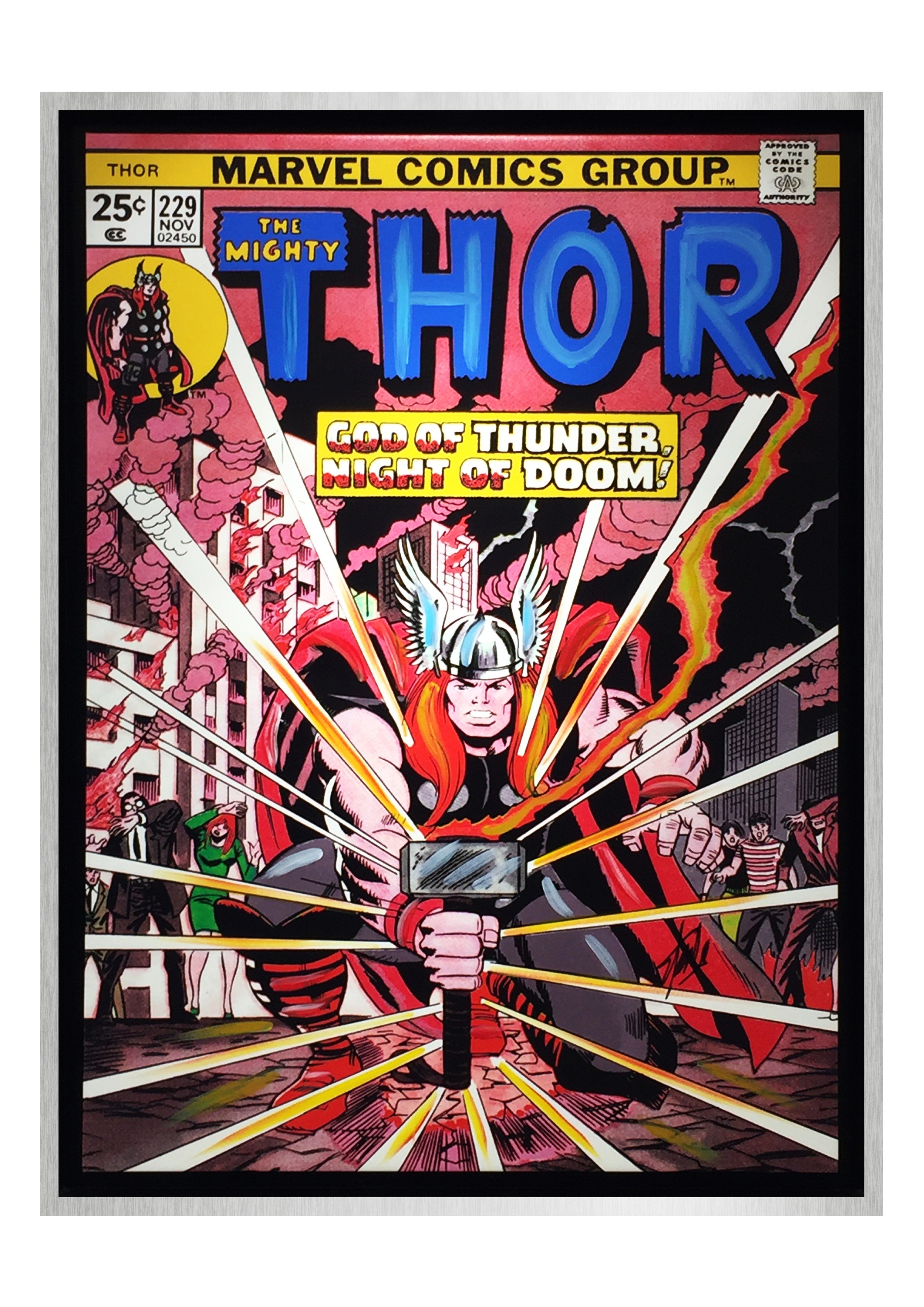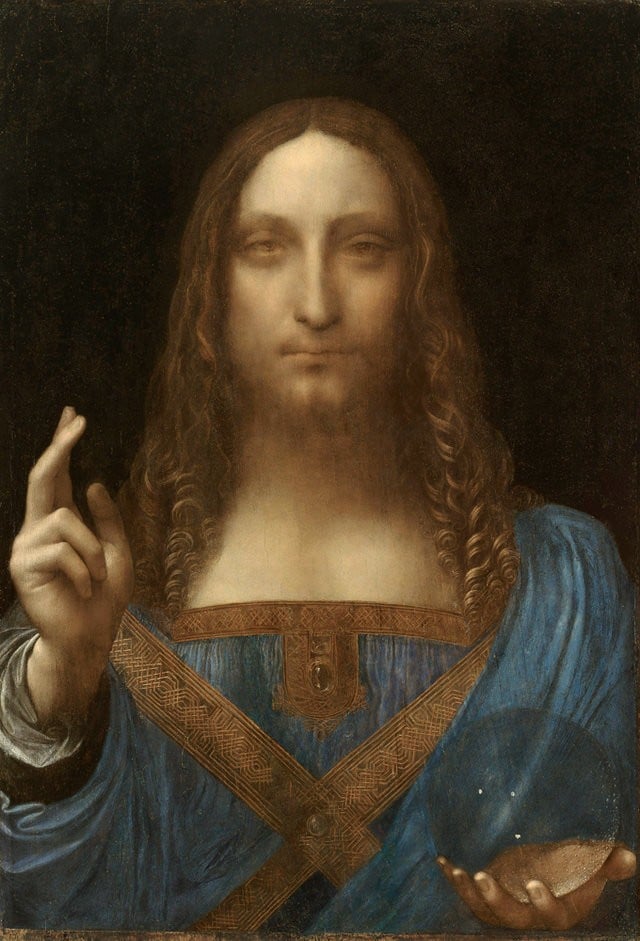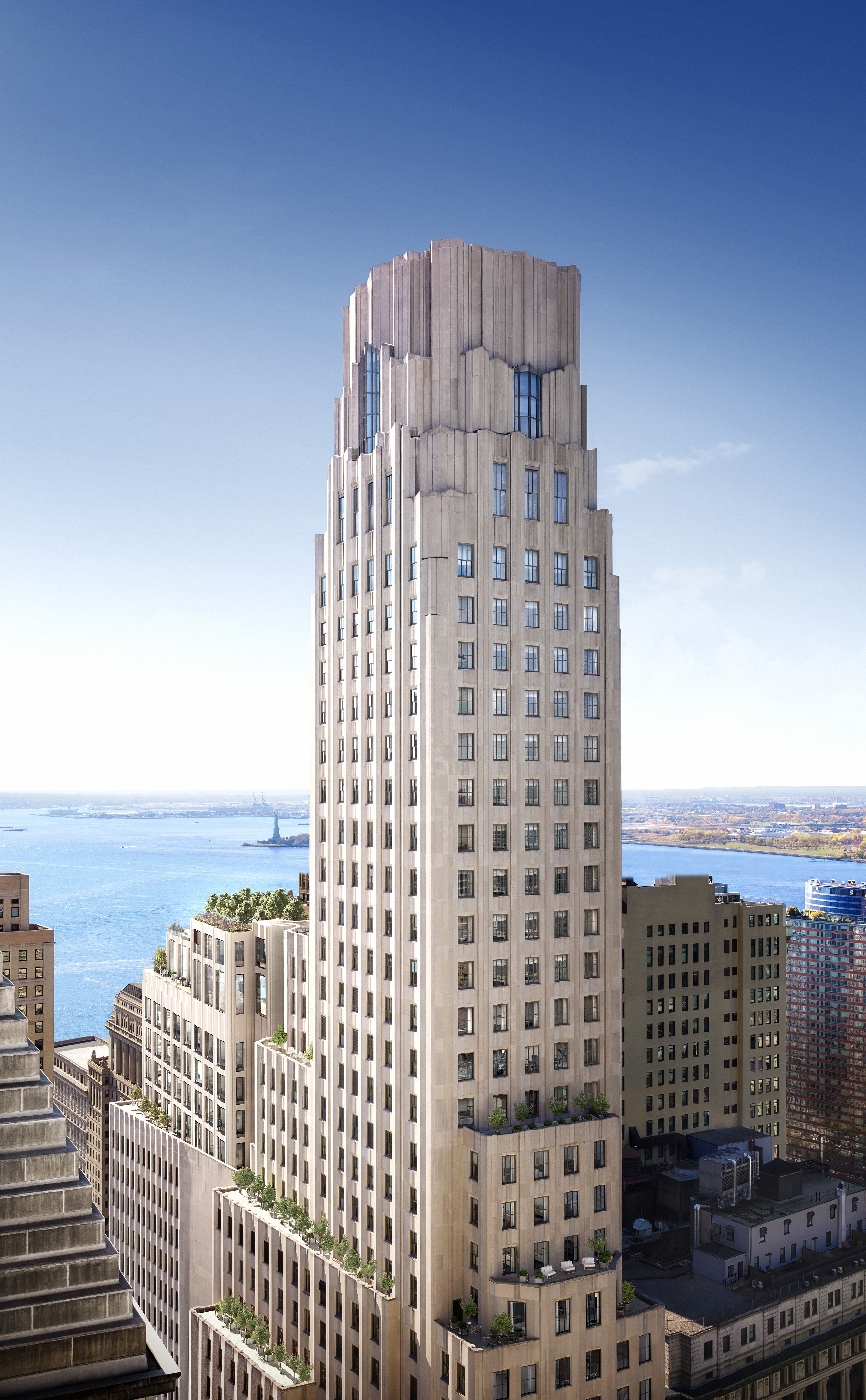Why Chinese artist Wu Guanzhong’s East-meets-West paintings still sell for millions

French-trained artist inspired by Picasso and Cézanne, who died in 2010 aged 90, was known for his landscapes that fuse deft Chinese strokes with Western form and colour
The Chinese master painter, Wu Guanzhong, who used the works of Picasso, Gauguin and Cézanne as the inspiration for his paintings fusing Eastern and Western techniques, would have celebrated his 100th birthday on August 29, 2019.
Today Wu, who died aged 90 in 2010, is regarded as one of China’s most influential and important artists of the 20th century, with some of his artworks selling for millions of dollars.
In 2010, for example, shortly before his death, his 1974 oil painting, Panoramic View of the Yangtze River, sold for US$8.4 million at auction in Beijing.
A collection of numerous water-ink works by the artist, under the theme, “Delightful Hong Kong: Important Private Collection of Wu Guanzhong from Singapore”, were included in the first Hong Kong auction of Holly’s International spring sales at the Grand Hyatt Hong Kong, in Wan Chai, on Monday.
I used Eastern rhythms in the absorption of Western form and colour, like a snake swallowing an elephant. Sometimes I felt I couldn’t gulp it all down
Wu, who used the medium of ink and oil throughout a career spanning more than 60 years, had a career that is just as colourful and interesting as the many artworks he created.
In 1992 he became first living Chinese artist to stage an exhibition at London’s British Museum, titled “Wu Guanzhong: A 20th-Century Chinese Painter”.
This was an extraordinary achievement for an artist once banned from painting for seven years during the Cultural Revolution after being denounced as a “bourgeois formalist”; he was later banished to the remote countryside to perform manual labour.

Landscapes formed a big part of Wu’s later works, but he began his artistic career studying mainly oil paintings and the human form. He worked on several nudes in the early years, only to destroy them in the 1950s, and did not return to the subject again until 1990.








